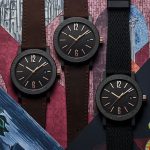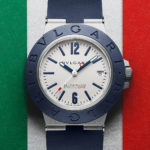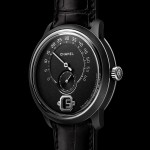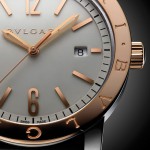Interview: Fabrizio Buonamassa Stigliani, Creative Director at Bulgari Watches
On the Octo Finissimo and watch design.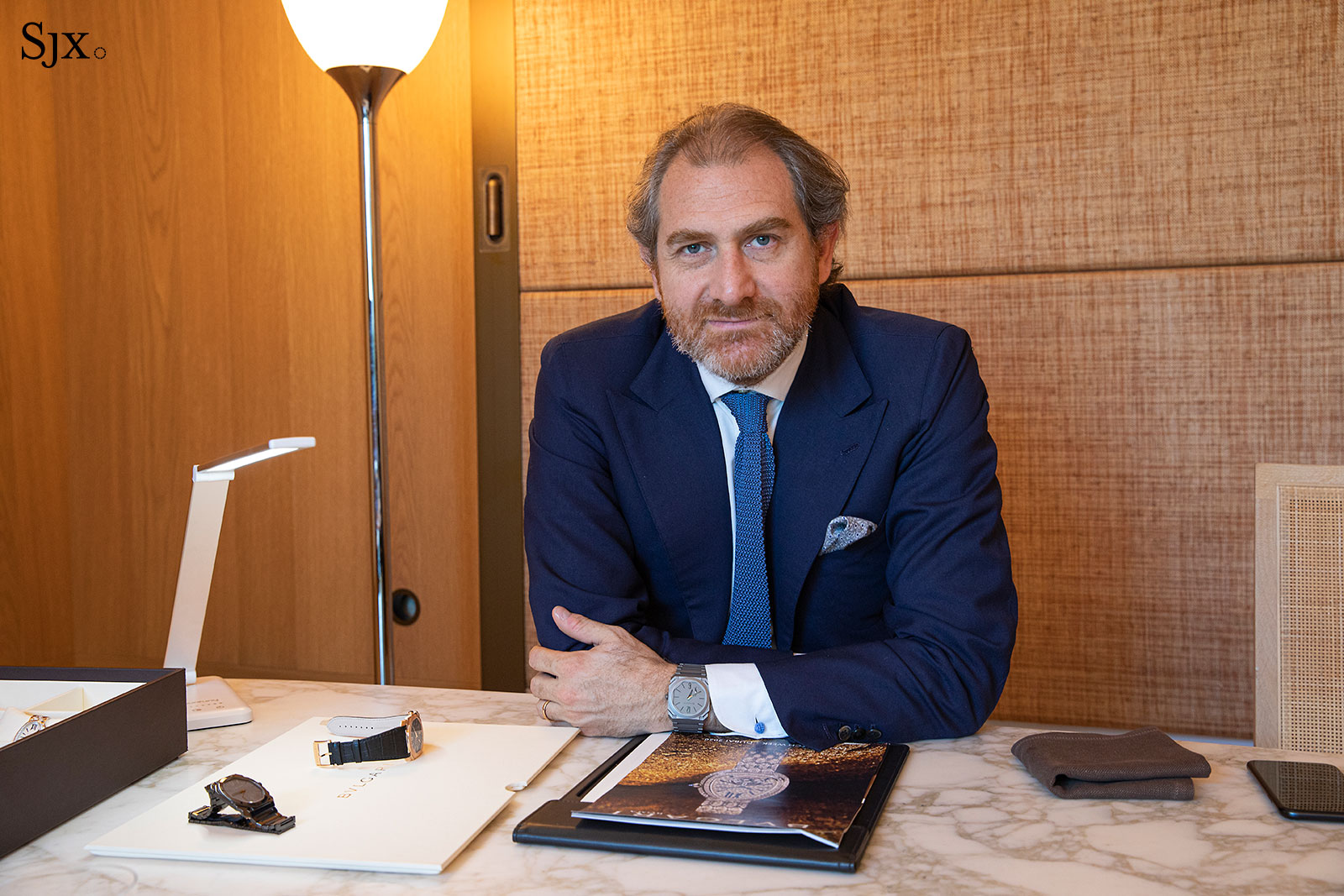
Noted watch designers are usually prolific, but often famous for a handful, or even just one or two, creations. The obvious example is the late Gerald Genta, who conceived tens of thousands of designs, but is best known for his twin luxury-sports watches of 1972 and 1976.
And so it is for Fabrizio Buonamassa Stigliani, the chief watch designer at Bulgari. Born in Naples but having moved to Rome as a child, the 49-year old joined Bulgari in 2001, after a short stint at Fiat in Turin straight out of design school.
Over the 19 years designing watches for Bulgari, with several spent as a freelancer in the mid 2000s, he has created numerous and diverse timepieces, but the Octo Finissimo is his definitive work to date. The sleek and exceptionally thin watch has won critical acclaim, as well as many awards, since its launch in 2014. While it is probably too early to elevate the design to iconic status – something he admits below – the Octo Finissimo certainly has a good chance of getting there.
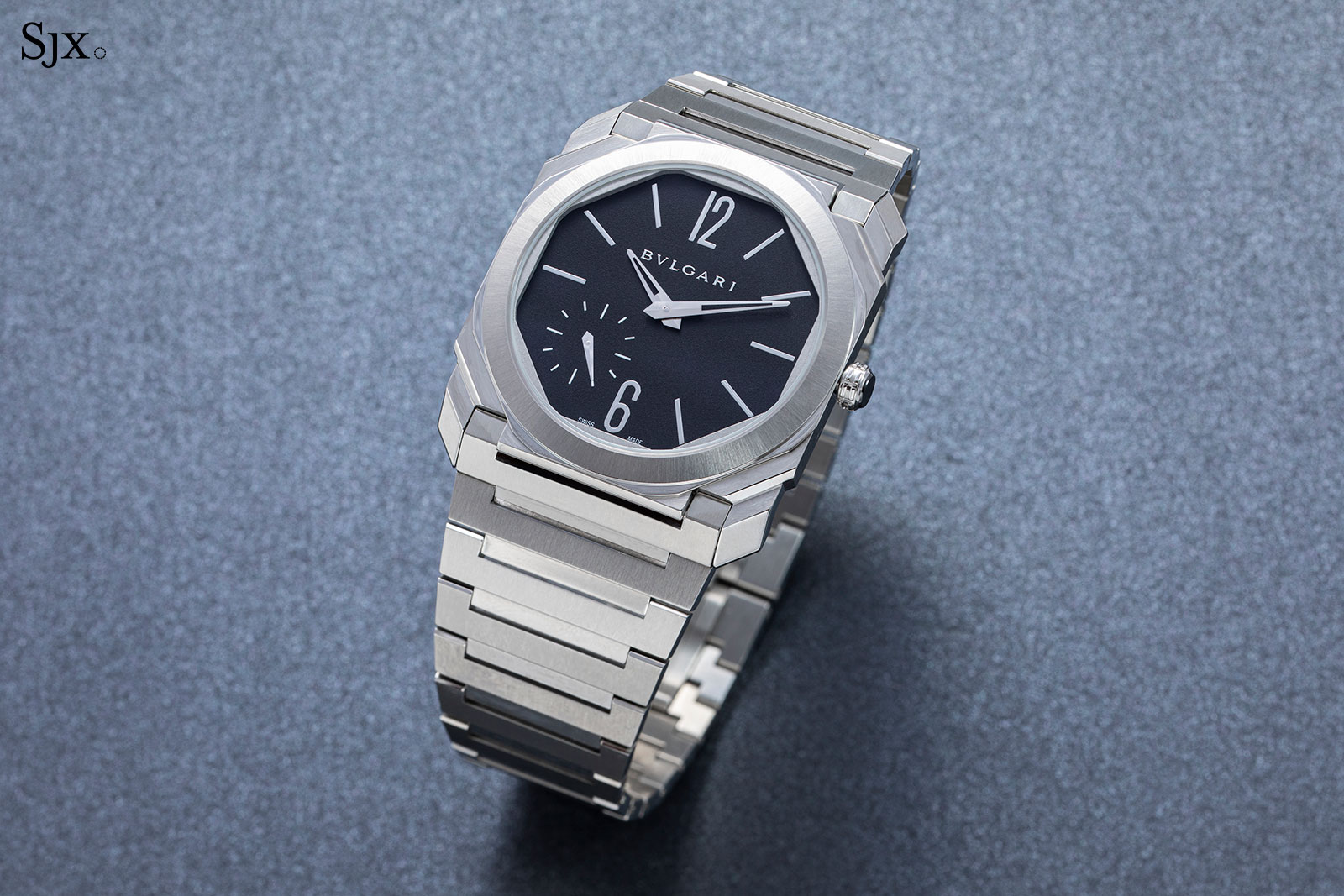
The new Octo Finissimo in steel
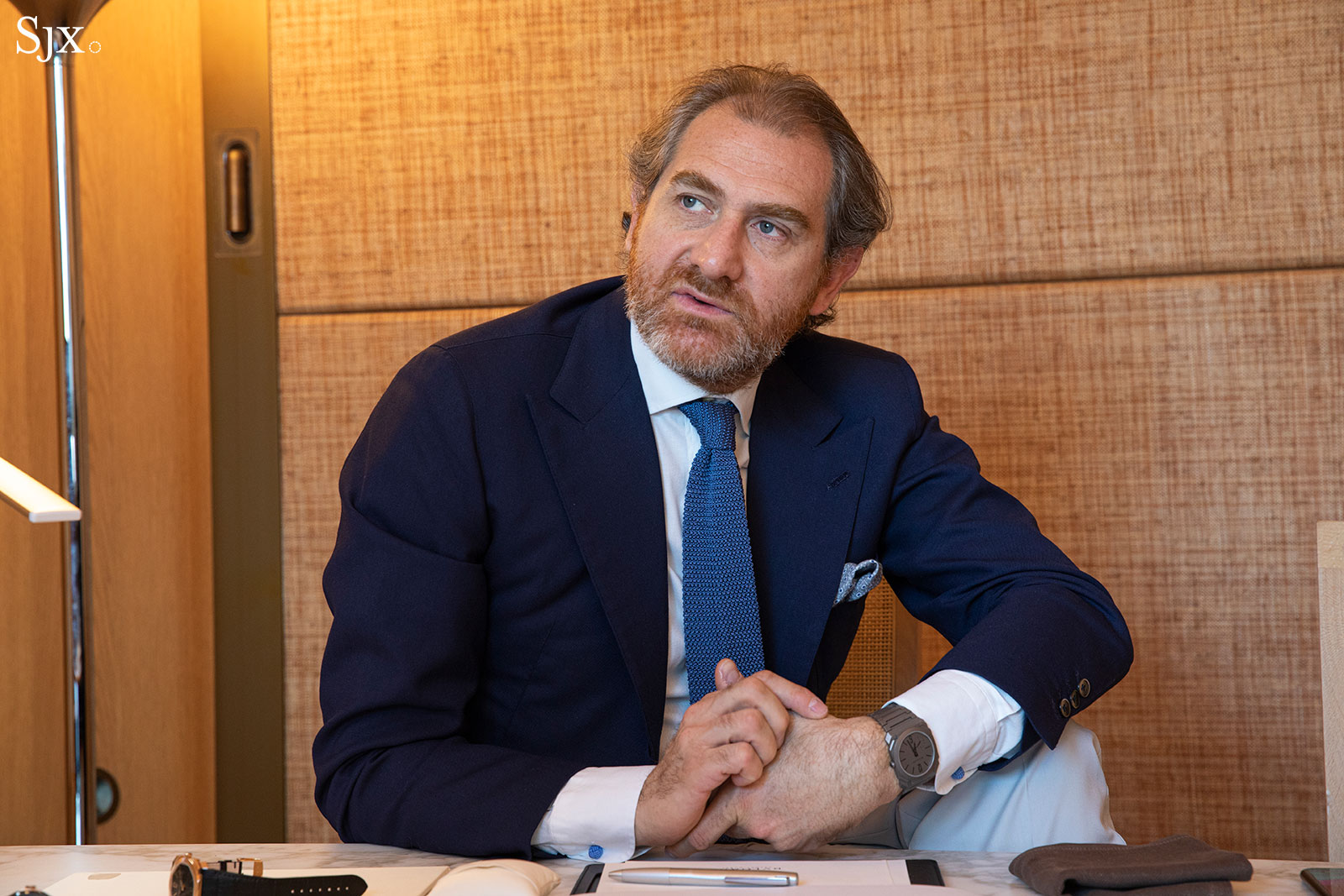
Fabrizio Buonamassa Stigliani
I admire Mr Buonamassa Stigliani’s work with the Octo Finissimo, and though I managed to speak with him on several occasions over the years, they were brief conversations.
But at last week’s LVMH Watch Week in Dubai – where Bulgari, Hublot, and Zenith presented their latest timepieces – I spoke with him at length. In an enlightening interview, he discussed the conception and construction of the Octo Finissimo, watch design in general, and why the famed enamel Serpenti bracelet-watch is now only made in tiny numbers.
The interview was edited for length and clarity.
Bulgari is Italian, making it unique amongst the world’s biggest jewellers, many of which are French. What would you say is the Italian element in jewellery or watch design?
It’s our creativity, our unique sense of proportions. And it’s difficult to define, but the French design codes are often closer to Art Deco style, so French design is a bit more decorative.
Italian design is closer to the rationalism and functionality. We play with materials and objects in a completely different way.
The results of this kind of approach is, for example, the Tubogas. Only Bulgari can turn the gas pipe [tubo gasin Italian] into a luxury product, because we have a different way of seeing things.
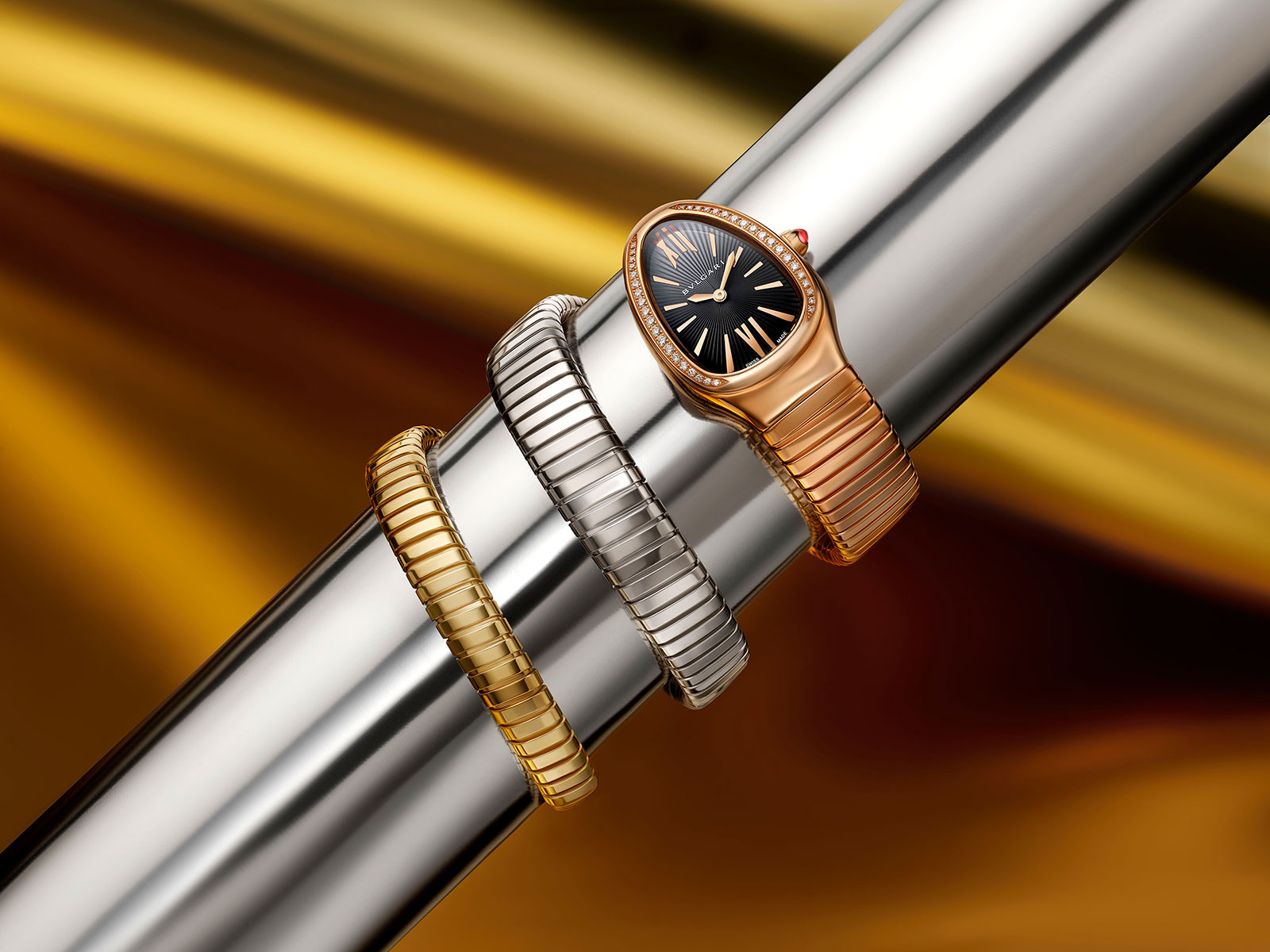
The Serpenti Tubogas. Photo – Bulgari
When you spoke at Dubai Watch Week in 2018, you mentioned one of the challenges in a designing a good sports watch is not so much the watch itself, but the bracelet. You succeeded with the Octo Finissimo. What was the secret behind it?
The secret was to design the bracelet and case at the same moment. Sometimes you add a metal bracelet after [many] years, because the watch was originally born with a leather strap. But when you design two different things at two different moments, sometimes you can see [it does not match].
The Octo was already in existence for many years as Gerald Genta model, though it was a much bigger, more complicated watch back then. But you still managed to integrate the bracelet well…
When I joined Bulgari in 2001, one of my first jobs was to design a bracelet for the Gerald Genta Octo complications. So when we decided to transform the Octo collection into the Finissimo execution, the idea was to have a Finissimo bracelet. And we completely redesigned the bracelet in a very simple way.
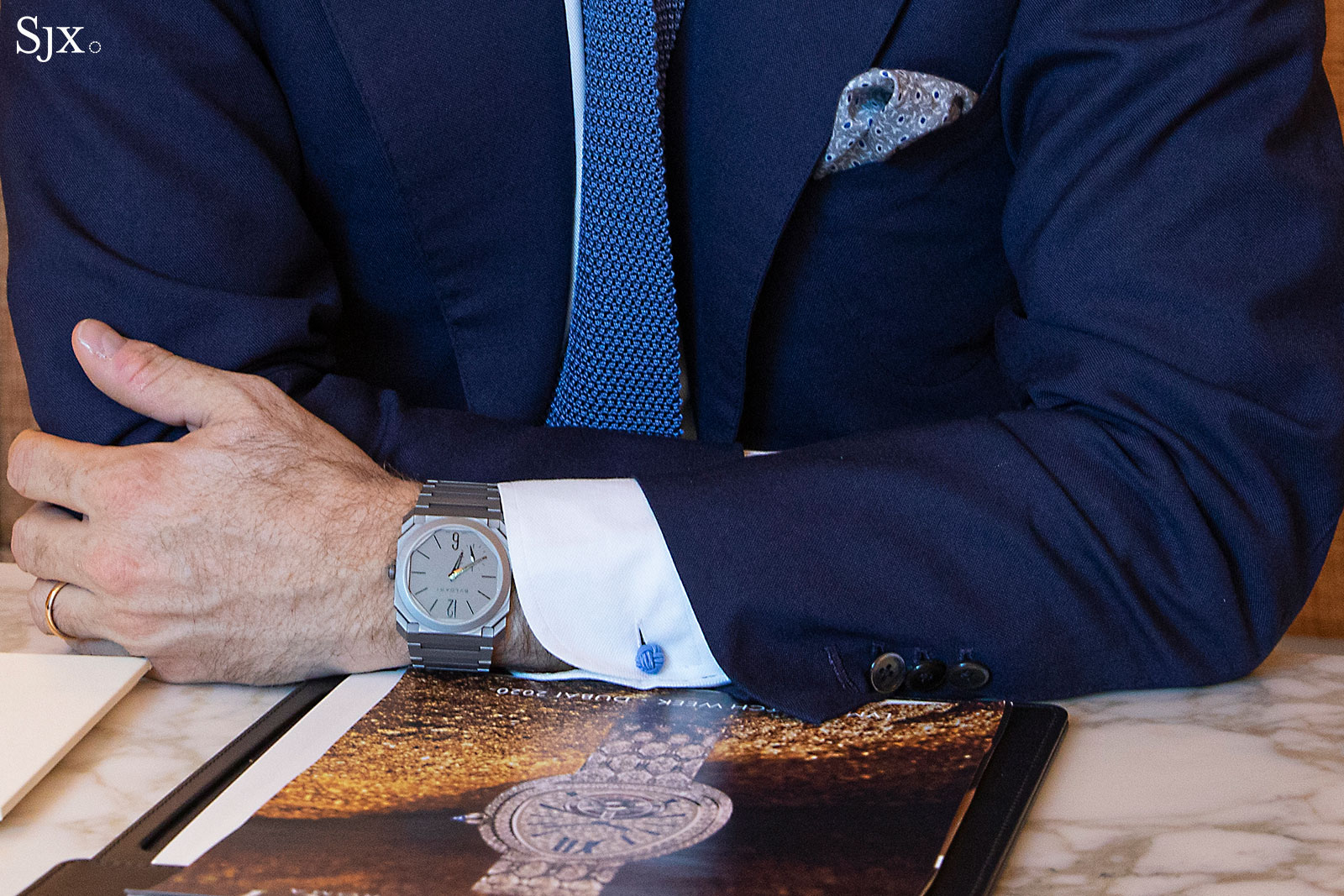
The titanium Octo Finissimo that Mr Buonamassa has been wearing since its launch in 2017
How did the idea for the Finissimo come about?
Usually, when you have an iconic design – maybe it’s too early to say [the Octo Finissimo] is an iconic watch – but when you have an object that breaks the rules in a certain category, often you have just one simple idea behind it. For the Octo [Finissimo], the idea was to wear a grand complication watch in a completely different way.
The original Finissimo was a manual-winding tourbillion, so the idea of the design was to change the rules of a formal, tuxedo watch. There was no competition from other brands because they didn’t have a watch like that; they made round watches, very basic with a white face.
But the first two Finissimo, the tourbillion and then the minute repeater, [were produced on] a limited basis. Everybody said, “Yes, it’s a beautiful watch, but it’s for just 30 important clients.” When the Octo Finissimo automatic arrived on the market, it was clear that it was not just for 30 clients.
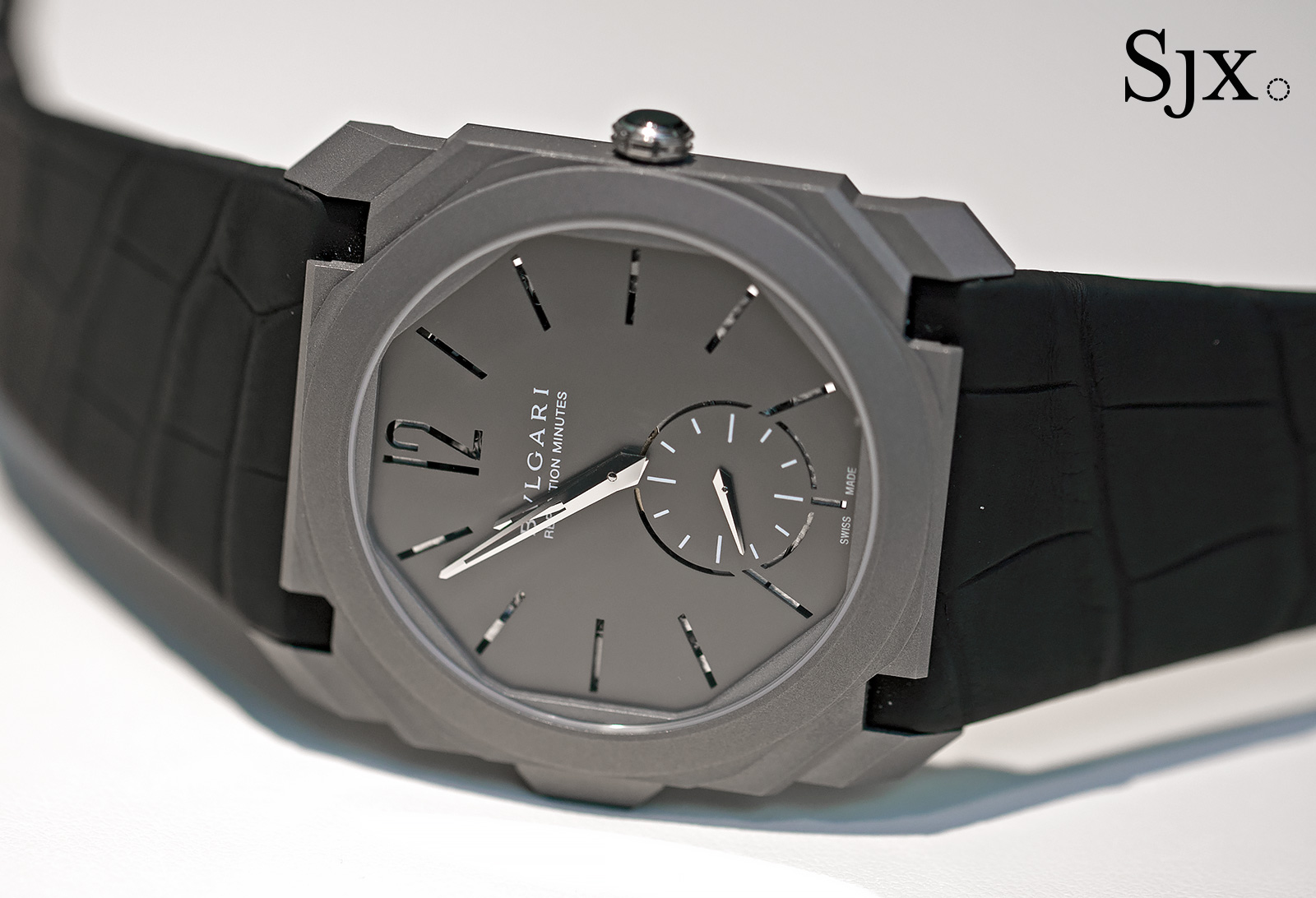
The Octo Finissimo minute repeater
You have also done interesting collaborations for the Octo Finissimo, with Tadao Ando, and also with Hiroshi Senju.
It’s very interesting for us to do this kind of collaboration because they are not just a limited edition with a different dial or strap.
For this kind of collaboration, we need to have a prestigious, important partner like Tadao Ando – he’s the most important contemporary architect today. As you can see, the dial [he designed] is completely different, [the result of] a different creative process.
And even with the Hiroshi Senju [that had a mother-of-pearl dial], the idea was the same, to show these amazing skills of this Japanese artist [known for his immense ink paintings of waterfalls].
I also want to discuss a very specific part of the Octo Finissimo – the recessed clasp – a great idea I’ve never seen elsewhere. How did you come up with this?
The idea was to have a Finissimo execution [for the bracelet]. If we used a common buckle, then end of the bracelet would be the same thickness as the watch case. In fact, in the Octo Finissimo, the buckle is already thicker than the case, so we were obliged to use this kind of technique for the buckle.
And this was something you invented?
Yes. The idea was simple: using the thickness of the bracelet to hide the buckle. We developed this buckle, and we developed the hollow links based on this idea. And I’ll tell you, the links are absolutely thin.
Are there any other design secrets in this watch?
The ceramic Octo Finissimo is completely different from the titanium Octo.
I know it’s slightly thicker…
The components are all different – the bracelet is thicker, the case is thicker – because you cannot screw into ceramic. Under the bezel, we have another bezel made of titanium within the ceramic.
And the screws on the back are screwed into the titanium…
Yes, even the way to hold the movement is different, so it’s a different watch.
It sounds like it’s more challenging to produce.
Yes. Even the dial is ceramic, the buckle is ceramic. Just the movement is metal alloy, the rest of the watch is ceramic. It was a great challenge, particularly the thickness of the bracelet. To make the buckle in ceramic with eight [hollow] ceramic links was really tough, because the technology [to sinter ceramic] is completely different from metal alloy technology.
So there’s a lot of detail and technology even though it’s a very simple watch.
It looks simple, but often when an object it looks simple, it means that is not easy to produce.
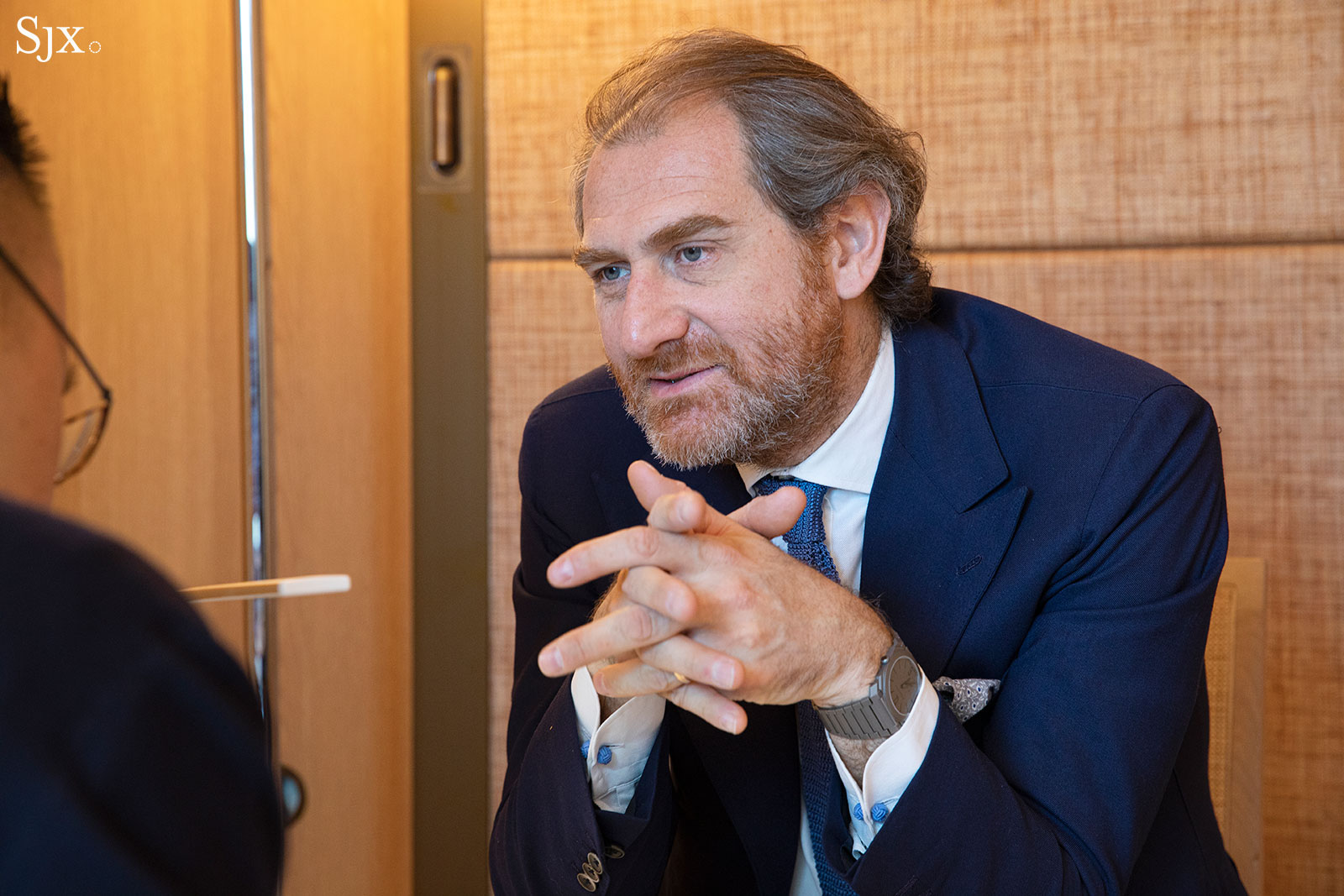
As the creator of the Octo Finissimo, of all the different versions so far, which is the one you say is the most iconic?
I love the titanium, because it’s the first one, and I love the black ceramic.
So that is the iconic version of your design, the titanium?
Yes, the titanium represents the archetype, the original of this aesthetic statement.
The ceramic because of its matte finishing; the ceramic is beautiful.
But even the gold, because it was the first time a jewel maker used gold like no other, with a completely matte finish without any shiny surfaces. And again, it was a statement of intellectual design.
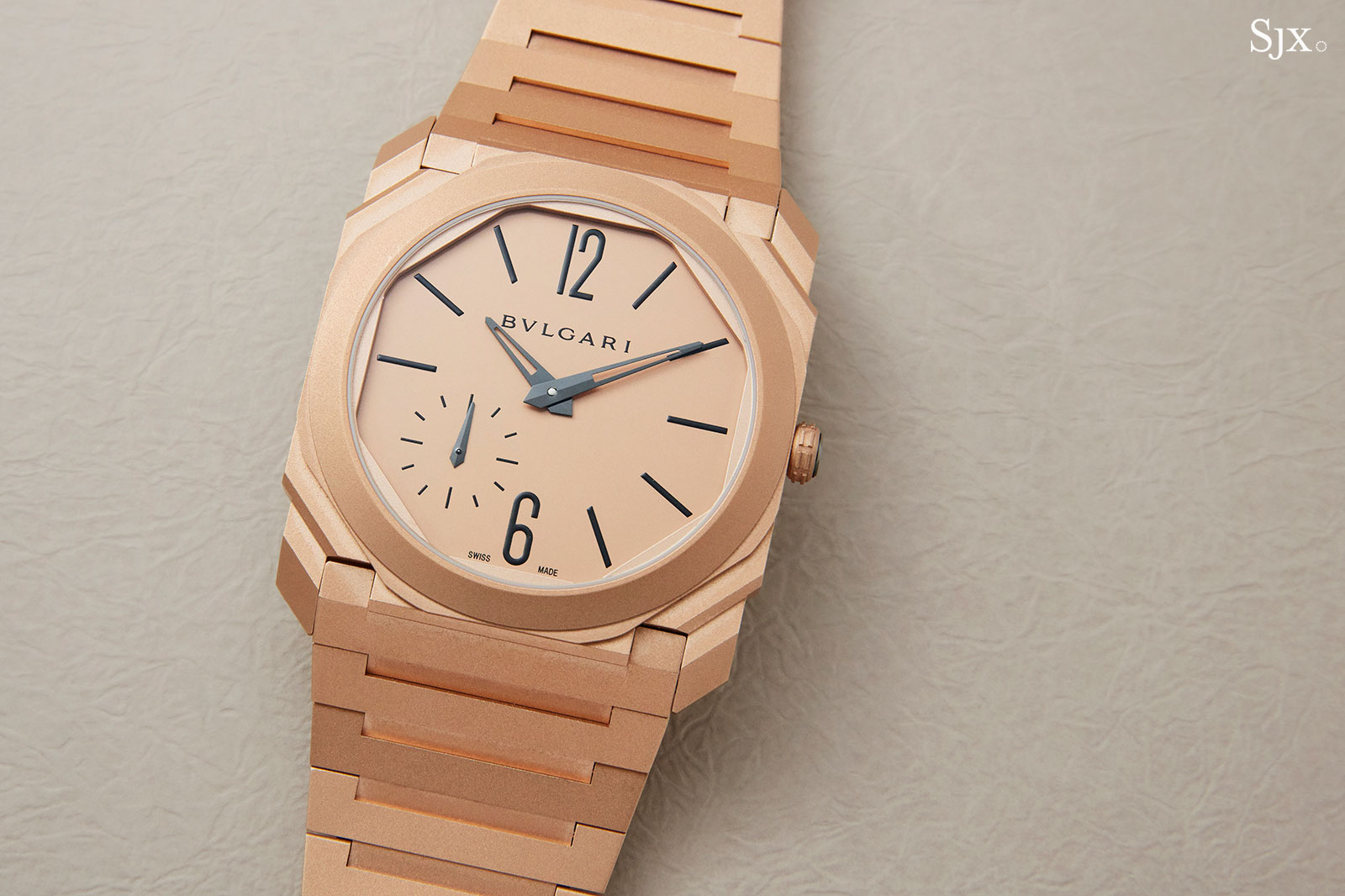
The Octo Finissimo in matte, 18k rose gold
You mentioned the surface finishing; on the new steel and gold Octo models, the finishing is a contrast of matte and shiny instead of all-matte. What’s the reason behind the difference? Does it suit the design better?
Honestly, I think that the shiny and satin finished case describes the Octo shape in a better way.
It catches the eye; you can see the lines of the case better…
Exactly. In terms of design, for sure, the sandblasted finishing is absolutely unique.
And as you can see, the finishes are for two different clients. Because with [the original, all-matte Octo], sometimes they don’t like this kind of colour. That’s why we have the steel version to continue to open the collection to different tastes.
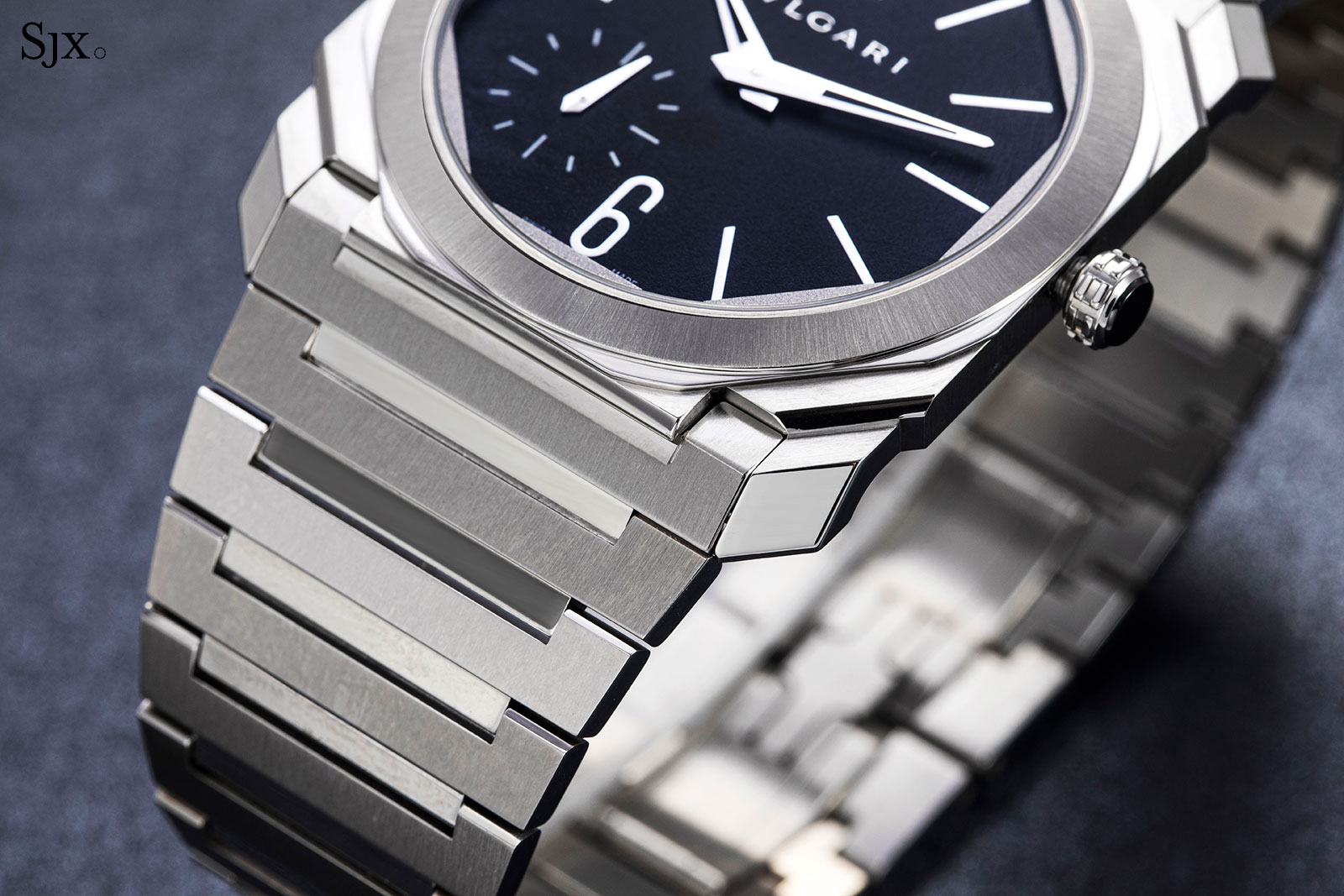
The alternating brushed and polished finish found on the recently launched Octo Finissimo in steel
Alongside the new Octo, you also launched the Serpenti tourbillon.
Yes, a very important watch for us, because we go back to having a mechanical movement in the Serpenti with the Serpenti head after I-don’t-remember-how-many decades. It’s something with a very strong link with the heritage of the brand. The case is a brand-new shape, and the movement was especially designed for this case.
Historically, the Serpenti had a lot of colours, many in enamel, green, red, purple, but now it seems like more of them are gem-set rather than enamel. Is there a reason why you changed?
First, the enamel techniques changed a lot. The older enamel techniques are different from the enamels that you have today. So for some pieces, it costs a lot [to do it in enamel] and the client prefers to buy gemstones [for the same price].
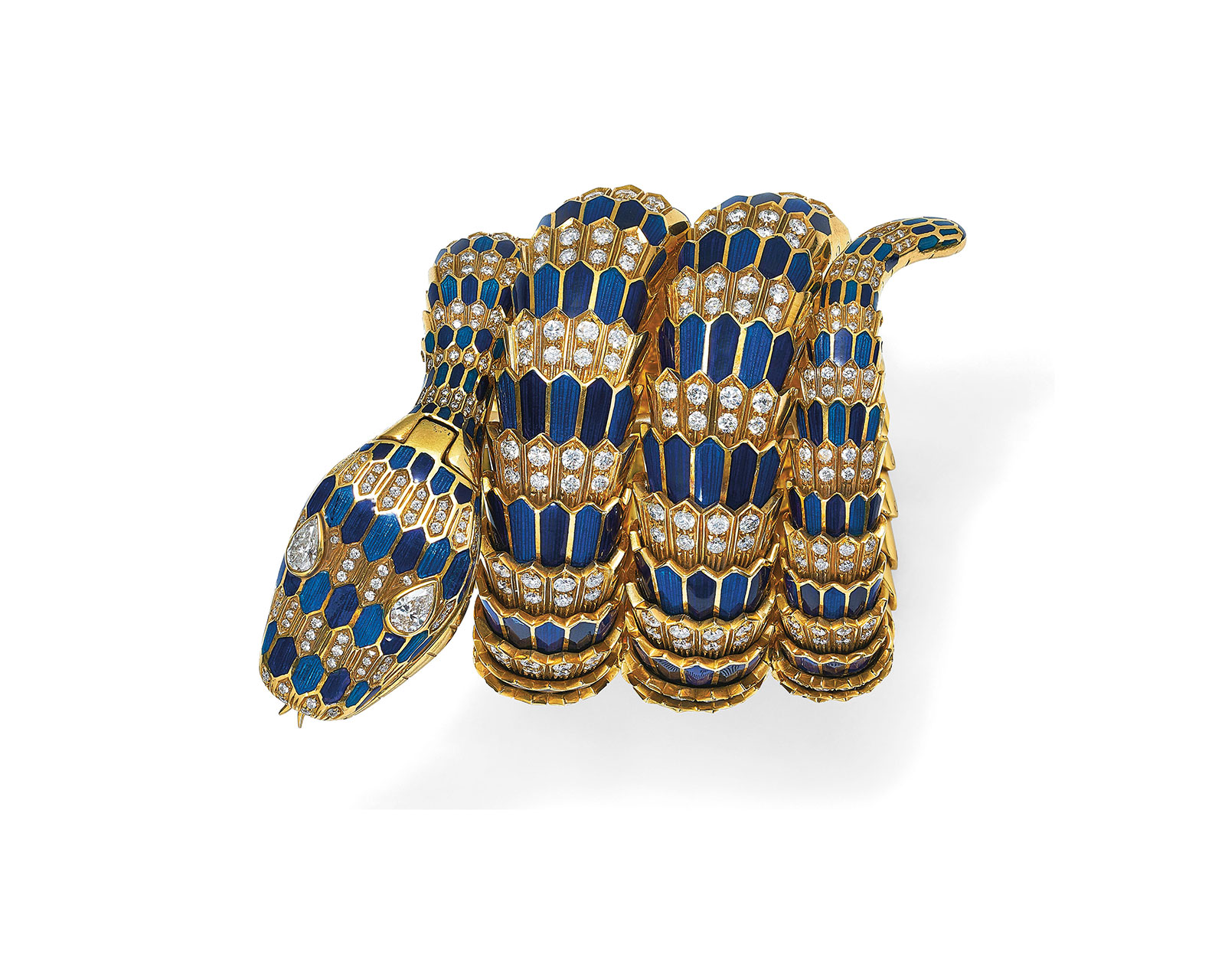
A Serpenti bracelet-watch decorated with diamonds and blue enamel from the 1970s, which sold at Christie’s Geneva in 2018 for 250,000 Swiss francs. Photo – Christie’s
And with the enamels, especially on the bracelet, sometimes ladies find it not strong enough in terms of wear and tear; they fear they can scratch or chip it. Then [to fix it] they have to remove all the enamel, and replace it [with new enamel].
We continue to produce Serpenti with enamel, but in smaller quantities.
Back to top.

